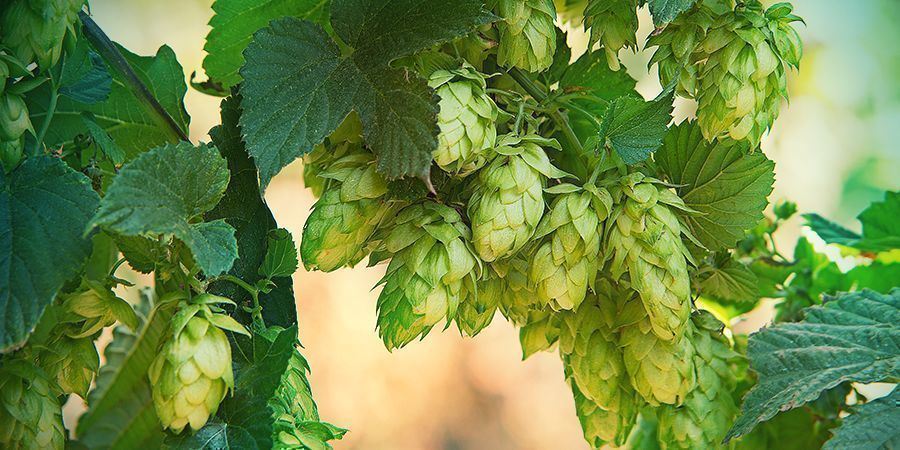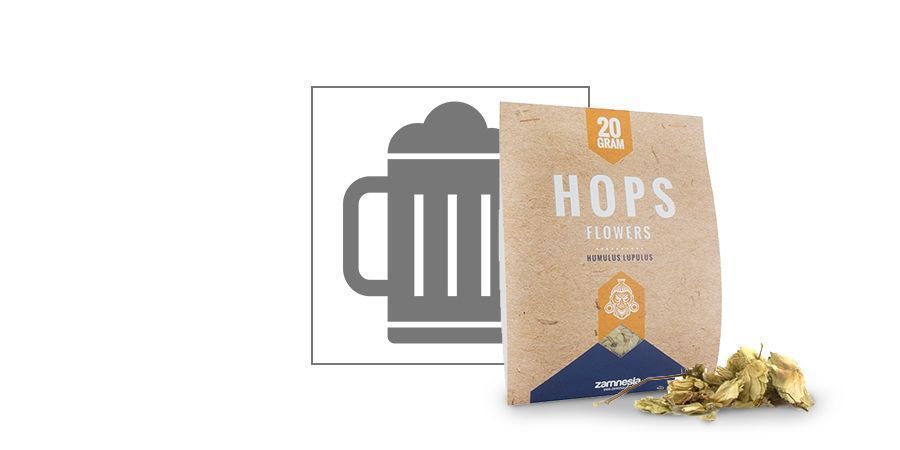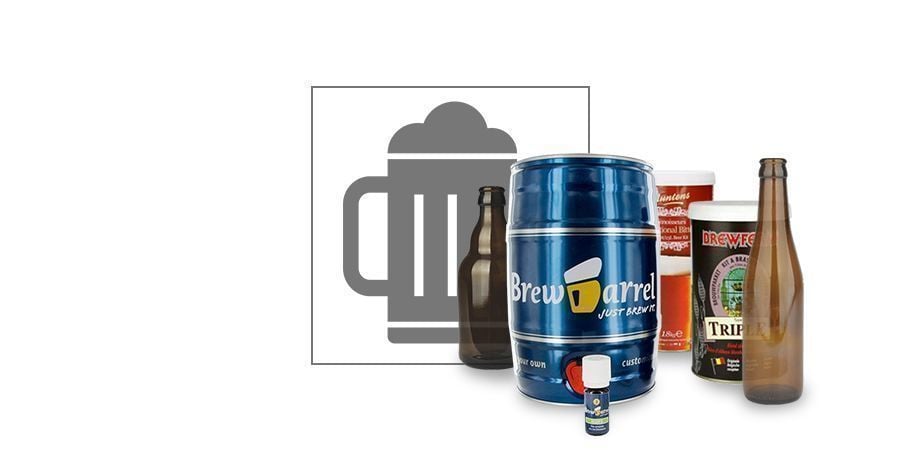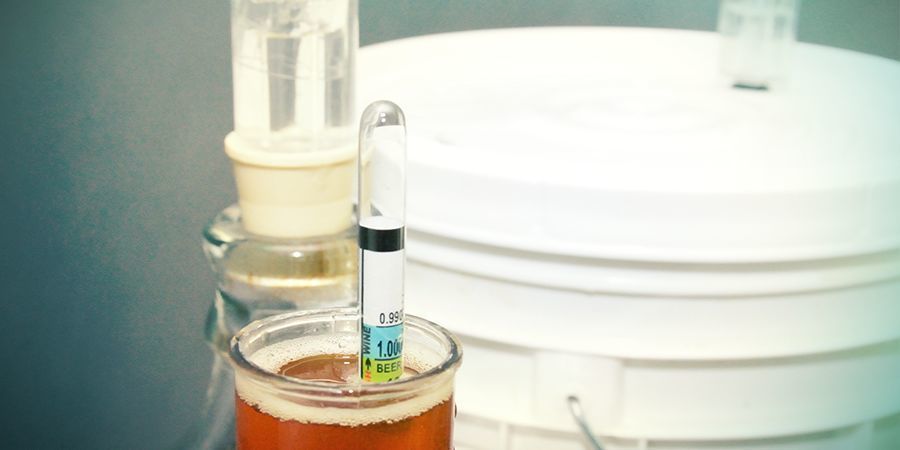Homebrewing Terminology Made Easy
Are you looking to get into homebrewing beer, but the terminology's got you confused? In this guide, we'll cover malt, wort, hops, fermentation, and much more.
Homebrewing is exciting, but can also be confusing. What’s the difference exactly between hops and yeast, ale and lager? For the novice homebrewer, it’s important to have a solid grasp on terms and terminology so that you have a general idea of what’s going on.
HOMEBREWING EXPLAINED: COMMON WORDS AND PHRASES
We’ve compiled some common and important homebrewing terms to give you the basic vocabulary you need to become a bomb-ass homebrewer.
MALT EXTRACT
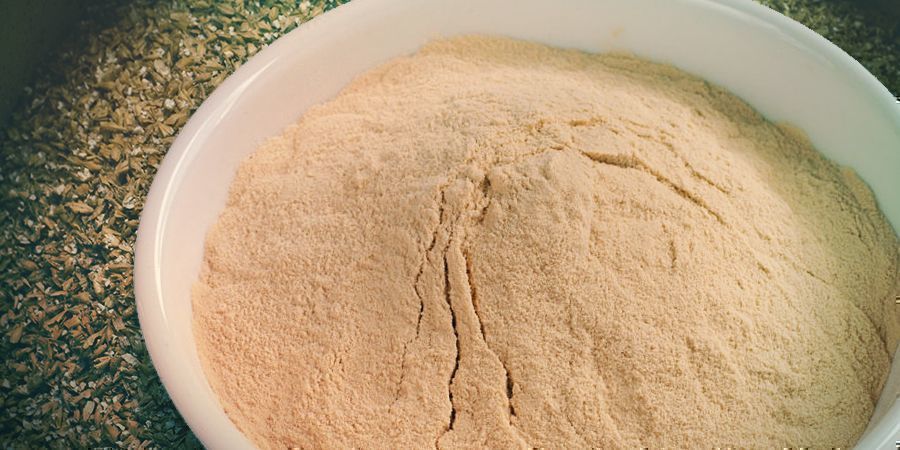
To understand malt extract, we first need to understand malt. Malt is barley or another cereal grain that has gone through the process of malting. Malting is when a grain is placed in water and allowed to germinate, after which the germination is halted by drying the grain with hot air.
To make malt extract from malt, the malt must undergo a process called mashing. In mashing, the malt is warmed in water of a carefully controlled temperature, which activates enzymes in the malt and converts much of the starch to sugar, commonly maltose. The brew is then subjected to evaporation, which removes much of the water and produces a concentrated malt extract.
New technology allows the production of malt granules, dried bits of malt extract that are useful in brewing.
HOPS
Hops are a flower; specifically, the flower of the Humulus lupulus plant. Hops serve two main functions: they give beer its crisp, piney taste, and help preserve its shelf-life.
Hops have been used to make beer since the 9th century CE. They really hit it big in the 1150s, when Abbess Hildegard of Bingen wrote about their use as a preservative. Today, hops are in scarce supply, due to both droughts and global demand.
Hops come in different flavour varieties, each of which produces a different type of beer. In the Pacific Northwest, Mosaic, Chinook, and Amarillo are particularly in demand. In Germany, Hallertau hops lead the pack. New varieties are constantly competing to gain a foothold and make a splash.
YEAST
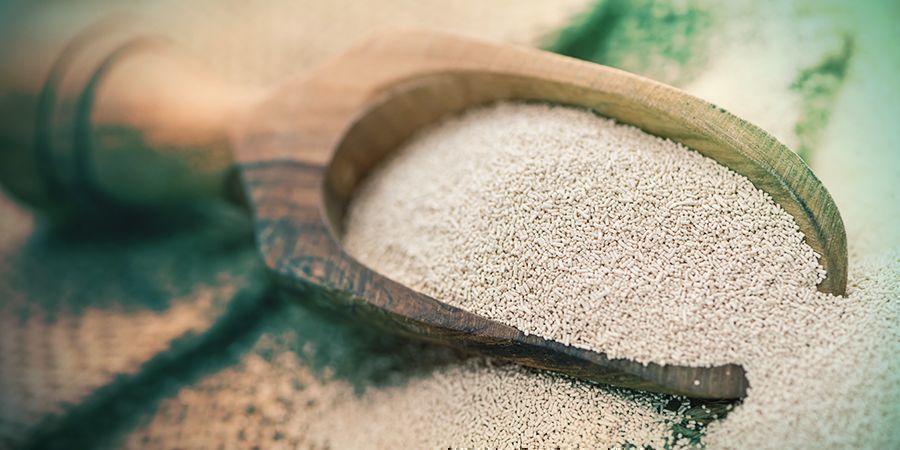
Yeast are single-celled fungi. They are egg-shaped, and so small that it takes 20 billion of them to equal a gram.
As a fungus, yeast must eat to live, and yeast’s favourite food is sugar. Yeast consumes sugars like fructose, sucrose, glucose, maltose, and maple syrup, and in the process releases CO₂ and ethyl alcohol. This is fermentation. Fermentation is the process that causes bread to rise—the CO₂ released by the process is captured by the dough, making it stretchy and gooey. The ethyl alcohol gives leavened bread its taste.
Yeast is also what ferments the alcohols we know and love; most notably, it gives beer its signature flavours. Yeast is responsible for the difference between ale and lager: In ale, the yeast is applied to the top of the brew, and at a higher temperature, producing a more flavourful beer. In lagers, a different variety of yeast ferments the beer from the bottom, at cooler temperatures, producing a less flavourful beer.
WORT
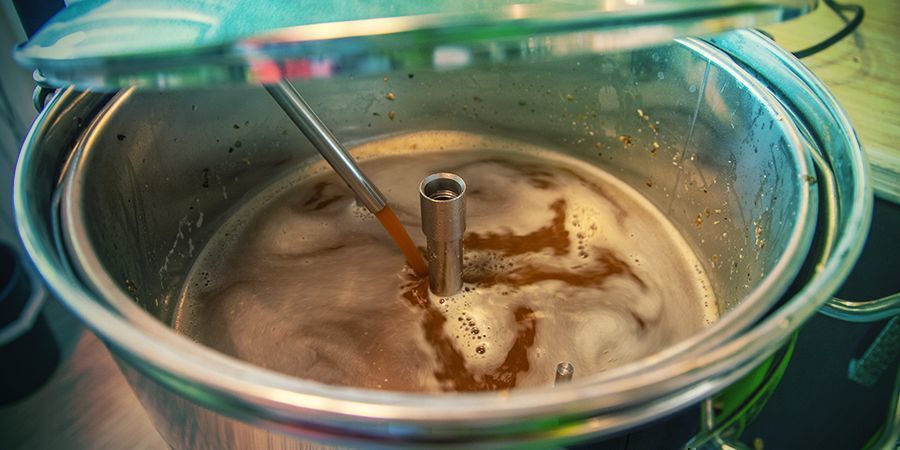
Wort can be thought of as either unfermented beer or concentrated malt extract. It’s a sugary liquid which, when fed to yeast, produces beer.
Wort is made by taking malt extract, adding water to it, boiling it, filtering out any remaining plant matter, and adding hops. This completes any remaining conversions from starch to sugar, and sterilises the liquid to stabilise the brew. The most important sugars in wort are maltose and maltotriose. Wort also contains amino acids that provide the yeast with needed nitrogen.
PITCHING
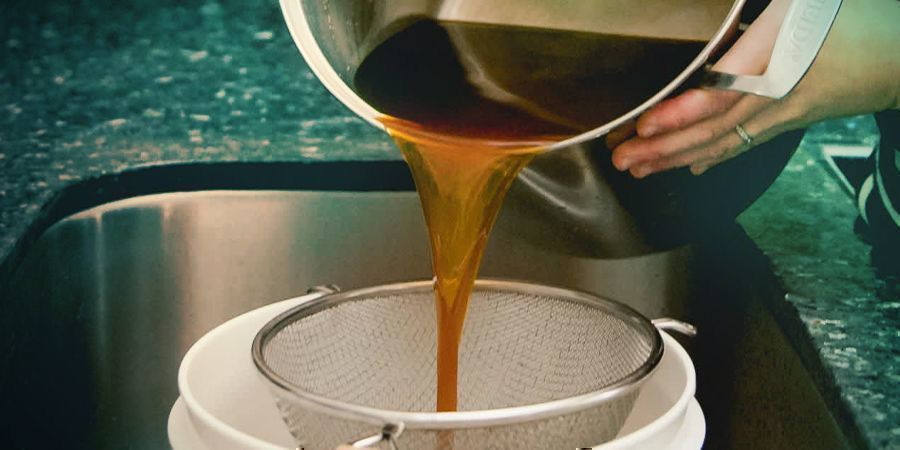
Pitching is the process of adding yeast to wort to kick off the fermentation process and make beer. The yeast is generally coming from cold storage, so the process of exposing the yeast to greater heat must be carried out slowly and carefully for optimal fermentation. Pitching also requires care to avoid contaminating the wort.
The pitching rate is the number of yeast cells per volume of wort. Lagers generally have higher pitching rates than ales. Some brewers, particularly high-end ones, reuse the same yeast from batch to batch, while others pitch with new yeast made from lab-grown cultures.
FERMENTER
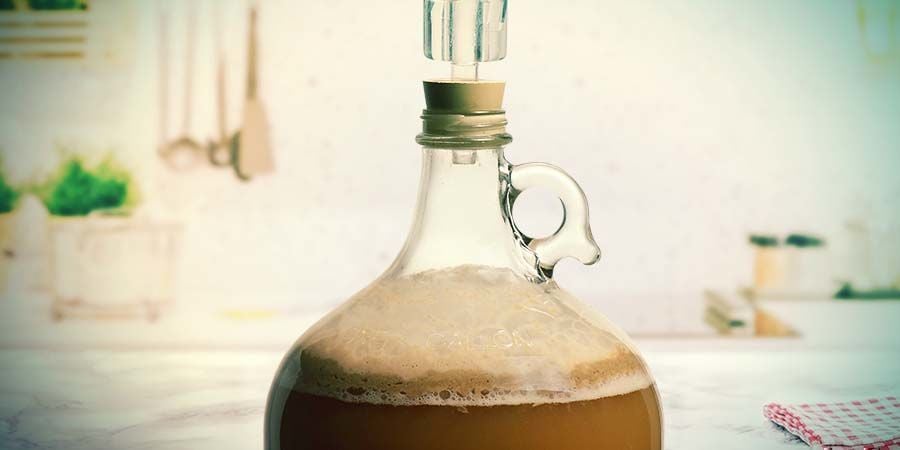
Fermentation is a form of energy metabolism that brings about desirable changes in foods. Microorganisms use enzymes, a category of chemical catalysts, to digest carbohydrates in the absence of oxygen. Many foods we know and love are fermented: sauerkraut, yoghurt, kimchi, and more. Some fish even resort to fermentation as part of their bodily metabolism in conditions where oxygen is scarce.
Beer, wine, and bread all rely on yeast fermentation to produce their prized end products. In alcohol fermentation, one glucose molecule is converted into two ethanol and two CO₂ molecules. Alcohol fermentation is used to produce beer, wine, spirits, and fuel.
PRIMING SUGAR
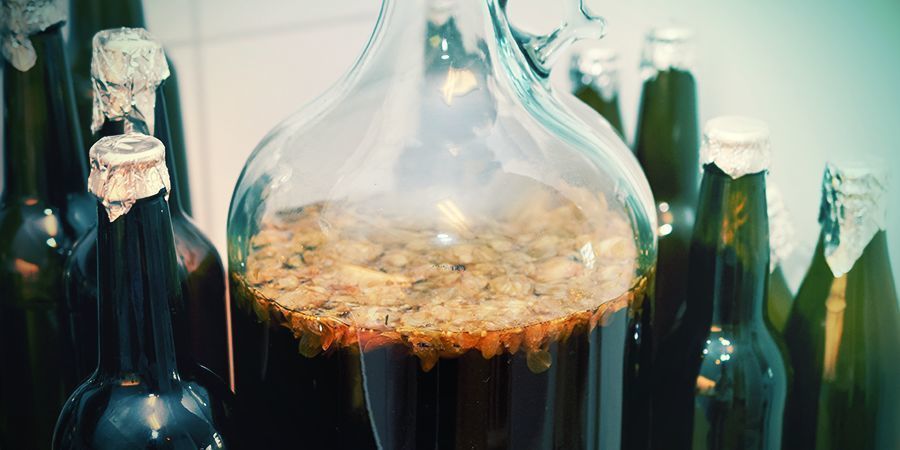
Priming sugar is sugar that is added to beer right before bottling. This induces a secondary fermentation that both increases ethanol content and releases CO₂, which gets trapped in the bottle and produces carbonation.
The most common priming sugar is dextrose. Dextrose is corn-based and carries very little flavour, which is what we’re looking for. When priming with dextrose, it’s important to take care not to add too much: this can result in over-carbonation, or worse, exploding bottles!
HYDROMETER
A hydrometer is a device used to measure the density of liquid. It consists of a weighted, sealed glass bulb that is inserted into the liquid being measured. The level at which it floats indicates liquid density. The liquid being measured should be ensconced in a long, narrow tube. A hydrometer allows brewers to measure the sugar content in their wort (also known as beer density). This is typically carried out at the beginning and end of fermentation to gauge how well the yeast is doing its job.
BEER DENSITY
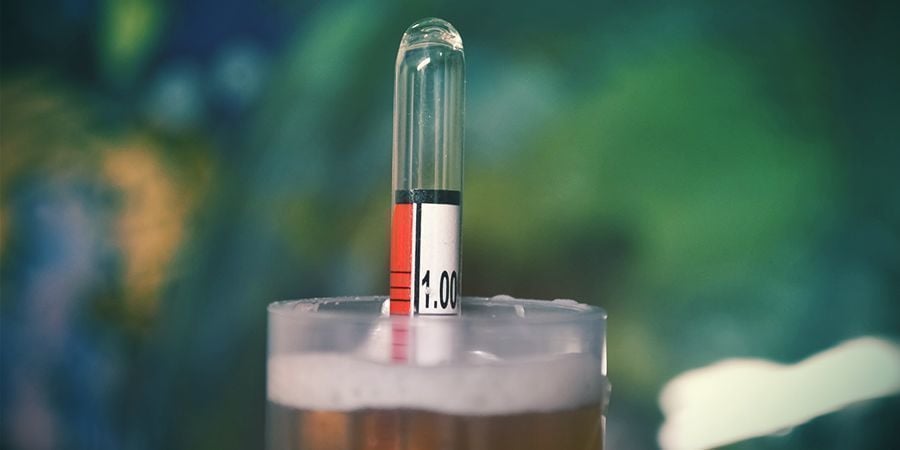
Beer density, also known as beer gravity, is a measure of the amount of dissolved sugar in beer or wort. This metric is crucial both for determining what kind of beer a wort will produce, and for gauging how effectively the yeast is fermenting.
Beer density is measured with a hydrometer. It’s quantified using specific gravity, represented as a decimal starting with “1” in the units column (eg. 1.04). Water has an SG of 1.0, and substances with dissolved solids (like sugar) will sit a few decimal places above that. In brewing beer, two important measures are OG—original gravity—which is the SG right before fermentation, and FG—final gravity—which is the measure of SG after fermentation.
CONDITIONING
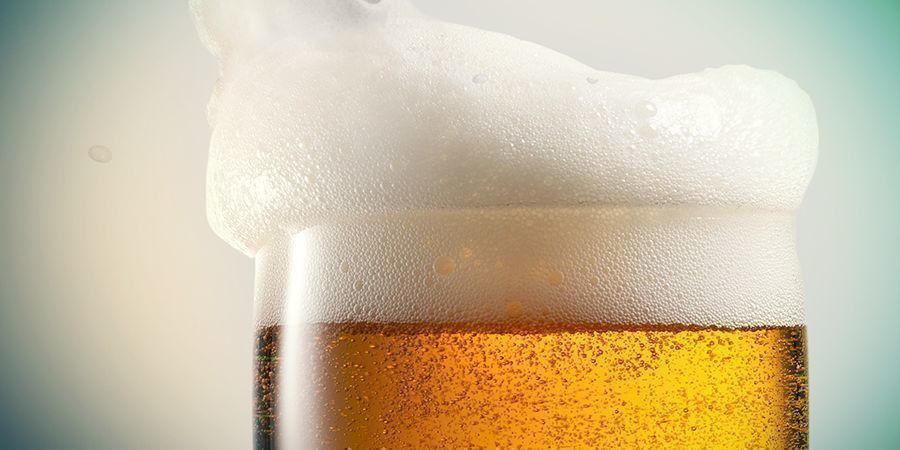
Conditioning is the process of adding carbonation to beer. There are a few methods by which conditioning can occur. The simplest is “forced conditioning”, where CO₂ is pumped into pressurised beer. Another is bottle conditioning, where additional sugars and sometimes yeast are added to the beer right before bottling to induce a second fermentation that will release CO₂. In general, higher-quality beers use bottle fermentation. Conditioning first took place in the Middle Ages when barrels began to be used in brewing. Before this, all beer was flat.
-
 4 min
15 July 2018
Top 10 Common Homebrewing Mistakes
Here we provide you with 10 classic mistakes when brewing beer at home. Check out what to avoid in order to achieve home-brewed excellence.
4 min
15 July 2018
Top 10 Common Homebrewing Mistakes
Here we provide you with 10 classic mistakes when brewing beer at home. Check out what to avoid in order to achieve home-brewed excellence.
-
 4 min
11 July 2018
What Is Dry Hopping?
Dry hopping imparts the aromas of hops to any given beer. While the initial boil gives a beer its characteristic bitterness, dry hopping at later stages is where aroma and character are further...
4 min
11 July 2018
What Is Dry Hopping?
Dry hopping imparts the aromas of hops to any given beer. While the initial boil gives a beer its characteristic bitterness, dry hopping at later stages is where aroma and character are further...
-
 4 min
23 May 2018
The Top 10 Facts About Homebrewing
If you enjoy brewing your own beer at home, then you will enjoy these top 10 facts about beer and homebrewing. Beer has been around for at least 7,000 years. Brewing beer was an intrinsic part of...
4 min
23 May 2018
The Top 10 Facts About Homebrewing
If you enjoy brewing your own beer at home, then you will enjoy these top 10 facts about beer and homebrewing. Beer has been around for at least 7,000 years. Brewing beer was an intrinsic part of...














 United States
United States


